This document provides general safety information to avoid injury and describes hazards for personnel using or near the RI8611A Cassini V93K CTH Infrastructure or simply "Cassini Infrastructure" and the MZYB336A Cart for Cassini V93K CTH Infrastructure (Cart). The simply "Cassini Infrastructure and Advantest V93000 systems are very similar in concept to that of a production Device Handler or Wafer Prober and the ATE System that makes measurements within a test cell. The two systems are independent devices with minimal interconnect, both can be used without the other.
This document outlines the design elements that address the welfare and safety of the user and facility where an RI8611A Cassini V93K CTH Infrastructure is installed, in operation and when being moved or stored.
General Safety
Cassini test systems are designed with an emphasis on safety and consider hazards described by the U.S. Department of Labor OSHA1 compliant safety program and conforming to EU safety standards while performing the normal operation of the test system. If the system is used in a manner not specified in the instructions, the protection provided by the equipment may be impaired. The following safety information is based on a standard operating air temperature from 10° to 35°C (50°to 95°F) and humidity from 8% to 80%.
The following symbols are provided with their meanings along with their application to the test system.
EU Declaration of Conformity
The Roos Instruments Cassini 16 system conforms with the essential requirements of the Electromagnetic Compatibility Directive 2014/30/EU (EMCD) and Low Voltage Directive 2014/35/EU (LVD), based on the following specifications applied: EU Harmonized Standards ( EN 61326-1:2013, EN 61000-3-2:2006+A1:2009+A2:2009, EN 61000-3-3:2013, EN 61010-1:2011/A1:2020 ) and therefore complies with the essential requirements and provisions of the EMCD and LVD2
The RI8611A Cassini V93K CTH Infrastructure uses a 48V provided by the GST360A48-C6P 360W AC-DC Switching Adaptor by MEAN WELL Enterprises Co., Ltd. that is mounted to the Advantest V93000 Testhead to utilize switched power and/or single EMO capability. The IEC-320 C14 Male Plug can also be connected with a switch power strip or 1-to-2 "Y" power splitter cable. Reference CE Mark Conformity Declaration for RI8611A Cassini V93K Infrastructure https://roos.com/docs/RBEH-DBE2QE document for details and product specifications.

Pinch Point Hazards
Always use caution when docking the Handler or Prober to the Fixture and Fixture to the Test Head. Use handles when available and use caution when latching and unlatching the Fixture or Diag/Cal Interface Plate. Do NOT insert fingers into the Fixture pin ports at any time.

Electrical Shock Hazards
There are NO electrical shock hazards from any of the exposed electrical connections on the test head or on any surface of the system. The system uses 48 volts or less and shock hazards are typically designated as to 50 volts or higher 3. No high-voltage cables or connections are exposed at any time during operations or when moving the system. Fixtures and Tester Instrument Modules (TIMs) can be safely removed "hot" without disconnecting power without damaging the equipment or exposing live connections to the operator. The system utilizes an external Emergency Off (EMO) button that instantly disables AC power to the 48V AC-DC Adapter.
IMPORTANT EXCEPTION: RI8589 High Power TIM can pulse up to 220V for a short time, exposing a burn risk to fingers if they touch the active terminal while Diagnostic or Calibration testplans are run. Consult the Tester Configuration to understand if this instrument is included in the configuration.
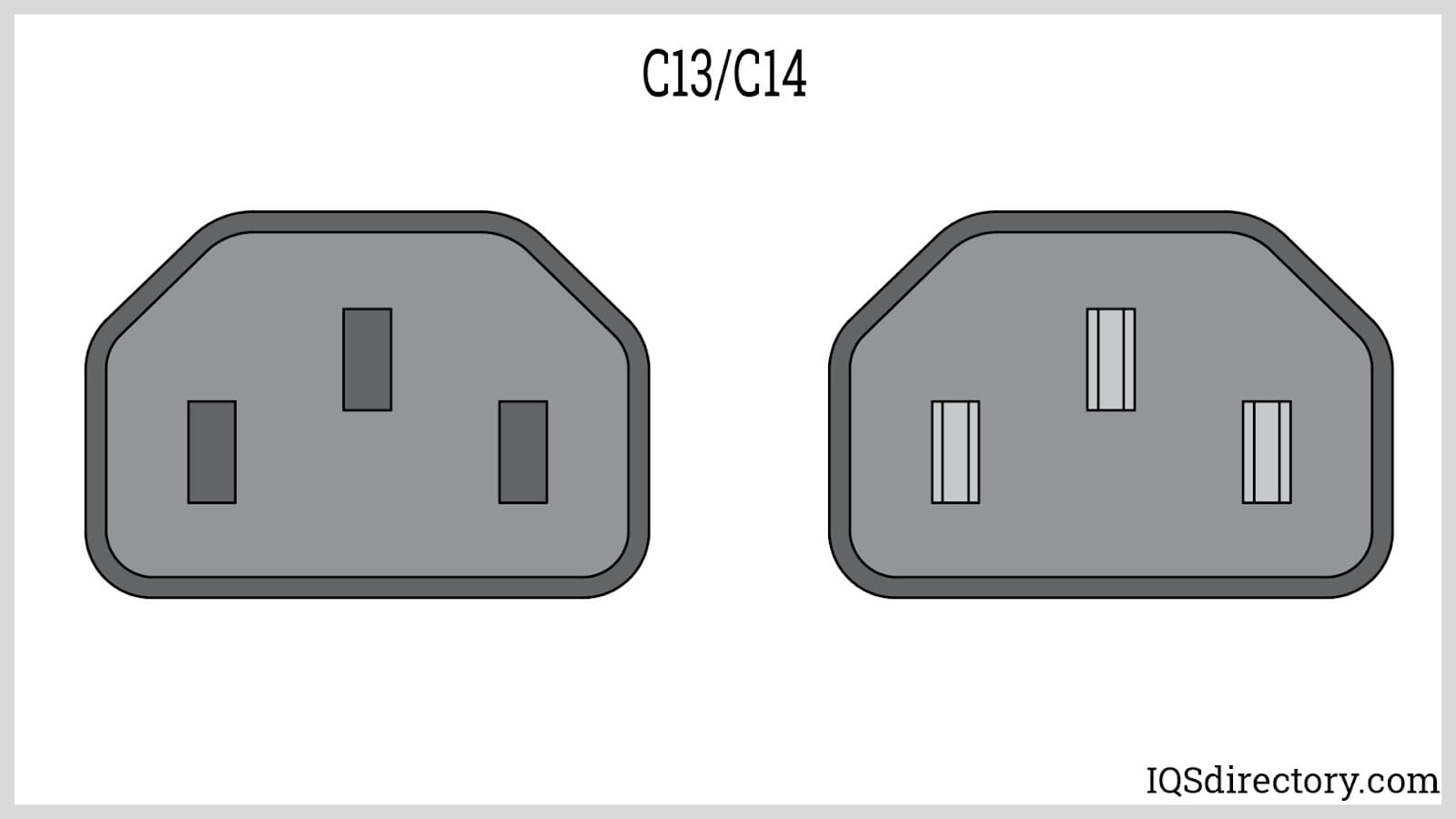
AC Power Connections
Power requirements of the Roos RI8611A Cassini V93K CTH Infrastructure system is low power 48V DC which is provided by an external commercial AC-DC converter that is CE certified.
This converter requires connection to AC mains (110-240VAC and a total power of only 380W).
RI recommends the Cassini AC Power Supply plugged directly into the Advantest V93000 test head AC power connection so that it takes advantage of the EMO and mains protection and, possibly, auxiliary switching capability.
If the user is using any other optional V93000 accessory that utilize this built-in power connection, then the customer must provide a suitable connection that still maintains the EMO safety standards. An option may be a 1 to 2 IEC320-C14 AC power splitter cable that is CE certified. If the Advantest AC Power plug is not switchable, install a IEC320-C14 switchable power strip that can be used to switch OFF prior to connection or disconnection.
The RI8611A Cassini V93K CTH Infrastructure has three external connections: (See Figure 5)
- 1) AC Power to IEC-320 C14 Male Plug AC Power mains
2) USB Type C to the Advantest V93000 test cell computer
3) RIFL2 connections labeled POD1 and POD2 are RJ45 connections for auxiliary instrument control; GPIB Instrument Pod included with the Calibration Kit.
WARNING: Do not connect standard ethernet connections to the RJ45 ports as it could damage the network or Infrastructure ports.
(Optional) RJ45 dust plugs may be provided. Leave in place until use and reinstall plugs after use.
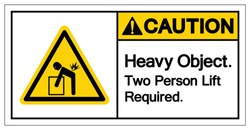
Dimensional Weight Hazard
The RI8611A Cassini V93K CTH Infrastructure hardware weighs 18Kg and has 4 handles. Even though this is within the safety margins for a single person lift weight range, RI recommends a two person lift due to the physical dimensions. Use Caution when unpacking, installing and removing the RI8611A Cassini V93K CTH Infrastructure.
When not in use, the Roos RI8611A Cassini V93K CTH Infrastructure hardware should be placed on the Cart (P/N MZYB336A) to facilitate storage.
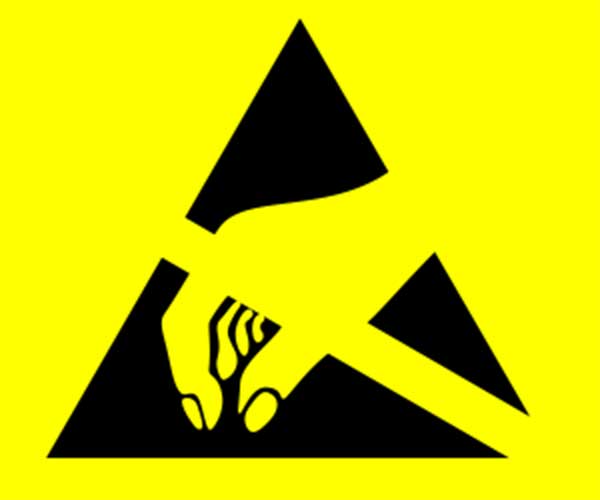
Safety / ESD AntiStatic Ground
The RI8611A Cassini V93K CTH Infrastructure is connected to the safety ground via the 48V AC-DC Adapter connection to a mechanically attached wire (yellow green) to the RI8611A Cassini V93K CTH Infrastructure. The infrastructure ground wire is extended via a dedicated ground wire included in the cable connection between the AC Adapter and the V93K Testhead AC plug. (See Figure 9 and Figure 10)
When docked to the V93K the chassis, both systems are grounded and connected via mechanical clamping at the DIB interface. (See Figure 8)
RI recommends that the Cart have a static control chain (NOT PROVIDED) contacting the floor in addition to the static safe casters. The cart is intended for storage and would not provide a suitable ESD ground point when operational.
Unpack and Setup Hazards
The RI8611A Cassini V93K CTH Infrastructure (see Figure 1) is used with the Advantest V93000 SoC Tester (see Figure 2).
When in use, the RI8611A Cassini V93K CTH Infrastructure hardware is manually docked to the V93000 using the same procedure that a typical Advantest Load Board Assembly or Probe Card Assembly would be docked. Reference the procedures defined in the Cassini V93K CTH Infrastructure Install/Remove with Cart https://roos.com/docs/RBEH-D5FTPN document to safely install the Infrastructure.
The Roos Instruments model MZYB336A Cart for Cassini V93K CTH Infrastructure storage includes static safe lockable casters and two push bars for easy manipulation. Latching lock secures the Infrastructure for storage.
The Cassini configuration without the Fixture and Device Interface Board weighs approximately 34Kg. A fully loaded Cassini system that includes the Infrastructure plus Test Instrument Modules, Fixture and Device Interface is approximately 42Kg. This is within the 75Kg V93000 maximum DIB restrictions.
RI and Advantest have performed center of gravity/tipping calculations with the standard Advantest recommended manipulators. If alternate manipulators are used, the customer will need to perform the mechanical analysis for safety compliance.
Figure 3 shows a photo of the RI8611A infrastructure being removed from the Cart to be installed on the V93K.
To Power On the RI8611A Cassini V93K CTH Infrastructure:
- Unlatch and Remove any Fixture or Diag/Cal plate from the RI8611A Cassini V93K CTH Infrastructure
- Connect the AC cable to the GST360A48 360W AC-DC Switching Adaptor.
- (Optional) Switch ON from the Advantest Control or Switched Power strip.
To Power Off the RI8611A Cassini V93K CTH Infrastructure:
- (Optional) Switch OFF from the Advantest Control or Switched Power strip.
- Disconnect the AC cable from the GST360A48 360W AC-DC Switching Adaptor.
- Unlatch and Remove the Fixture or Diag/Cal plate.
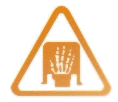
Ergonomic Hazards
Repetitive stress injuries created by ergonomic workstation hazards are not of concern with normal system operations. Operators are NOT expected to use the touch screen or mouse and keyboard for an extended period of time (more than an hour). Most operators only use the system for minutes at a time, below industry guidelines for workstation safety4. If the system is primarily used for test plan development, however, extended periods of work may occur. A chair or stool with proper height adjustment and back support or a padded mat for standing support is suggested if the person remains in position for more than 60 minutes with 5 to 10-minute breaks.
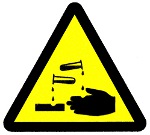
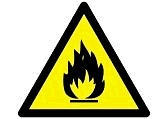
Fire and Chemical Safety Hazards
There are NO explosive or combustible materials in the system. No chemical safety guidelines are required because no hazardous chemicals are used in the operation of the system. Exposure to hazardous amounts of lead is not possible due to the lack of direct contact to components that may have been soldered with lead. As a precaution, DO NOT EAT, DRINK, OR SMOKE after handling damaged internal electronic components until you have washed your hands.
RoHS Exemption
Roos Instruments equipment is exempt from RoHS standards for lead free components due to the performance characteristics of lead free components and the class of hardware5 (Large-scale stationary industrial tools (LSSIT)).
Safety Precautions
Users should always adhere to the safety guidelines provided below:
- Read all of these instructions.
- Save this manual for later use.
- Do not use this test system unless it has been installed and maintained as specified in the appropriate Site Preparation and Installation and Maintenance manuals.
- Shut off all power before cleaning or servicing the test system. Shut down and remove test instrument modules, fixtures, and/or auxiliary equipment from the system before cleaning or servicing.
- Do not drop any part of the test system.
- Do not obstruct or cover the slots and openings in the system controller, test instrument modules, or test system. These openings provide cooling and ventilation for the computer and test equipment.
- Do not stack anything on top of the test system or auxiliary racks with the except of workstation equipment: monitors, keyboard, mouse.
- Do not place anything next to the test system that can block or impede proper airflow to or from the test system.
- Operate the test system only from the type of power source indicated on the labels and in the manuals.
- Keep power cords away from areas where people stand or walk. Avoid stepping on power cables.
- Follow all warnings and instructions marked on the labels.
- Never spill liquids of any kind on the system controller, test system, test instrument modules, fixtures or related equipment.
- Do not attempt to service the system controller, the computer peripherals, or the test system without consulting a Roos Instrument’s service or support engineer. See the maintenance manuals for servicing procedures before opening any of equipment on the test system. Repair and maintenance should be done only by qualified service or repair persons.
- Shut off the entire test system under any of the following conditions:
- Smoke or an odor is present.
- Any of the infrastructure cooling fans fail to operate.
- Any kind of liquid has been spilled on any part of the system controller, computer peripheral, or test system.
- The system controller, computer peripheral or any part of the test system has been dropped.
- The system controller, the computer peripherals, or any part of the infrastructure has been damaged.
- Contact Roos Instruments support for service or repair under any of the following conditions:
- The controller, computer peripherals, or test system show any change in performance.
- Test programs does not run properly.
- The test head or any part of the test system cannot be adjusted for a test program.
Figure 1: RI8611A Cassini V93K CTH Infrastructure hardware with TIMs and Test Fixture on Cart (P/N MZYB336A)
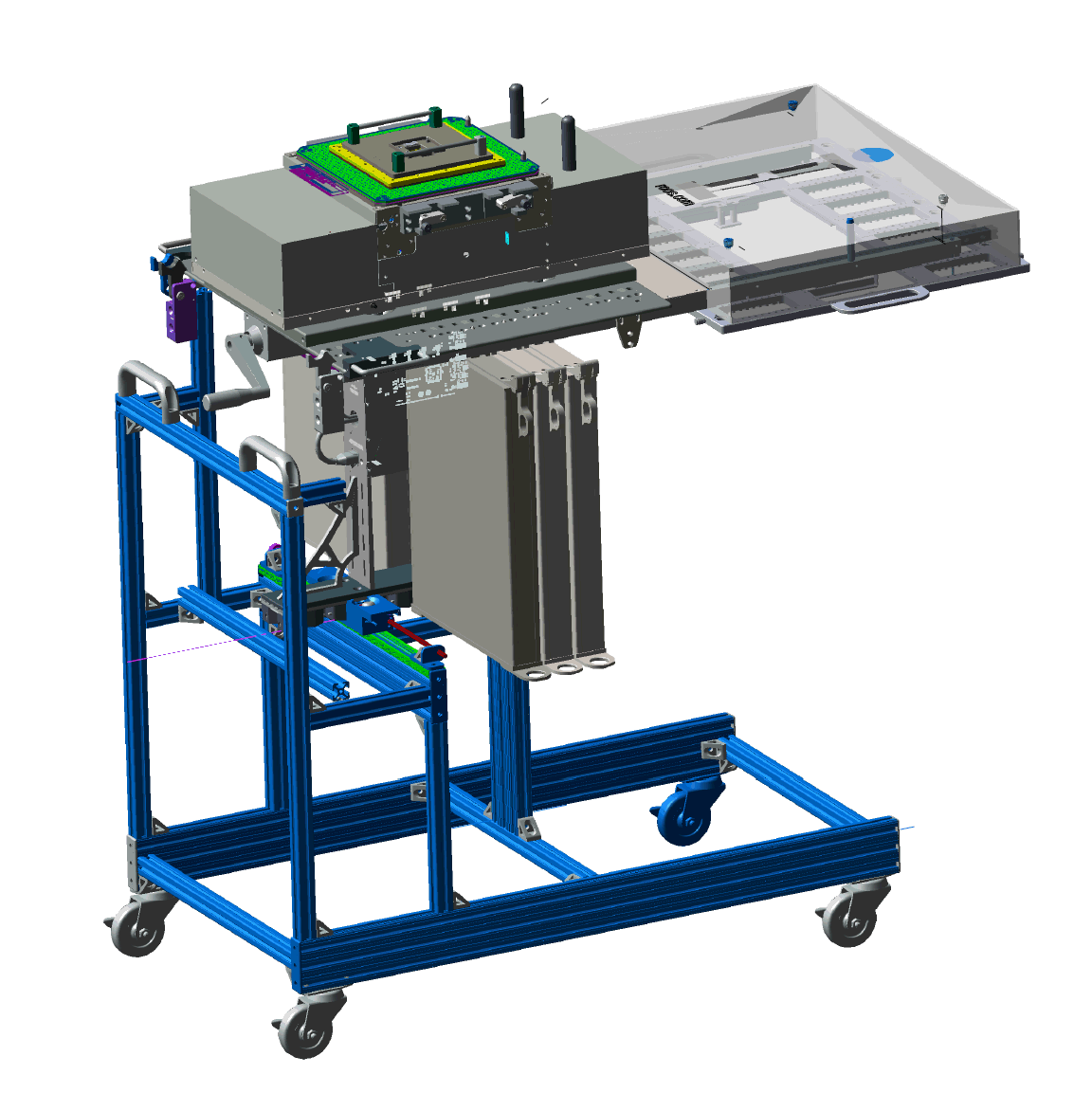
Figure 2: RI8611A Cassini V93K CTH Infrastructure installed on an Advantest V94K
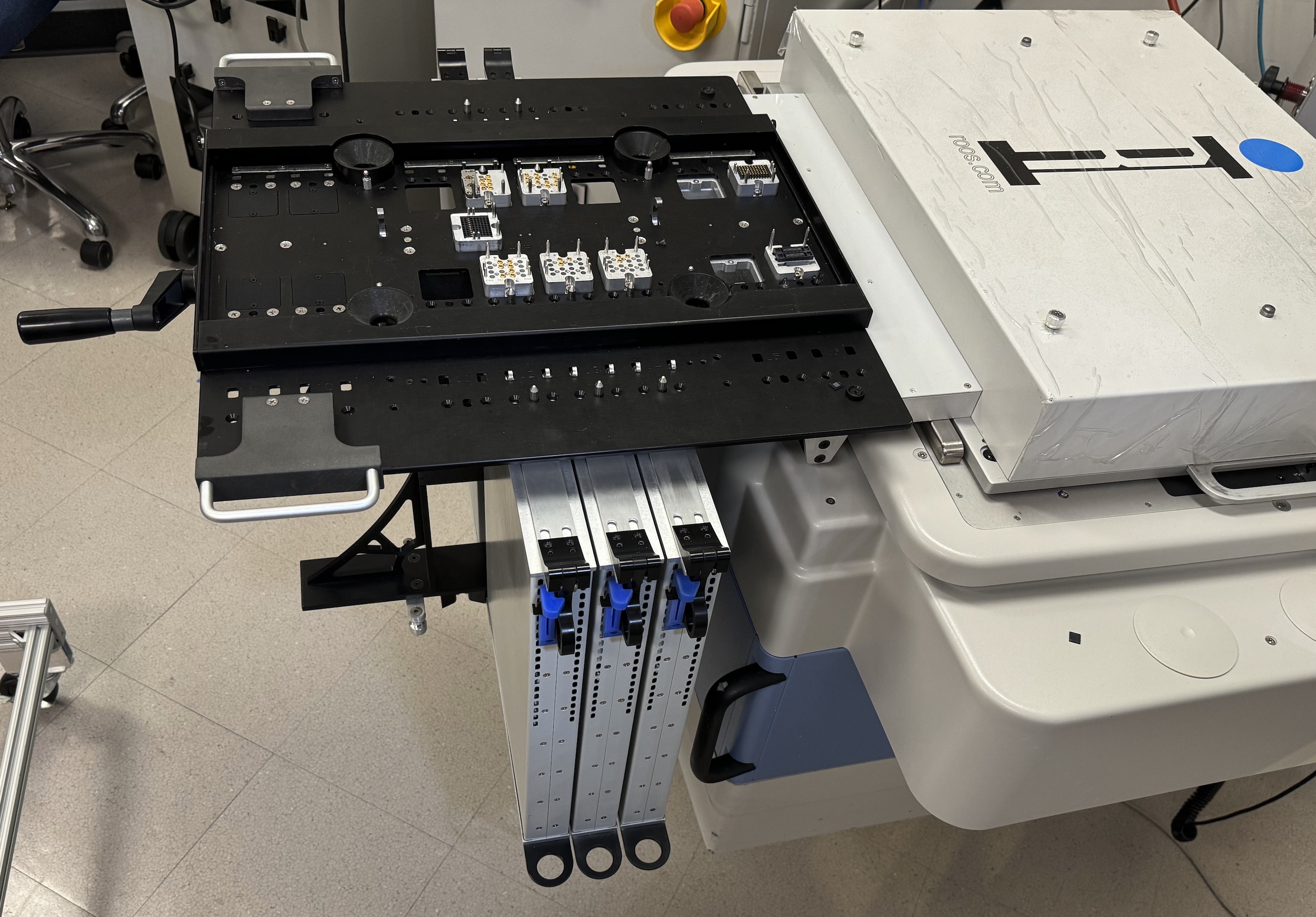
Figure 2: Align and Attach Cassini V93K CTH Infrastructure
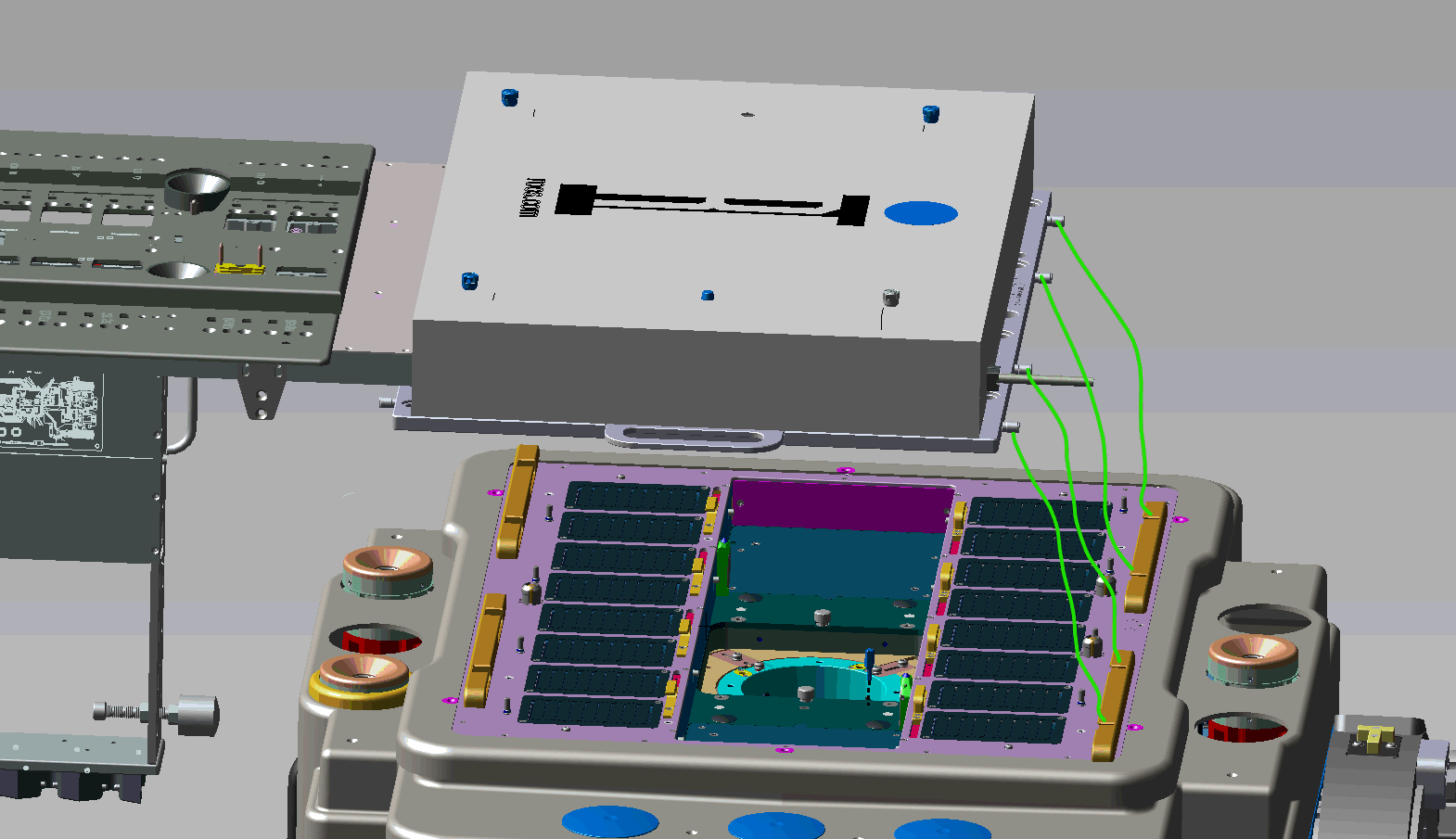
Figure 3: Two Person Lift with Handles
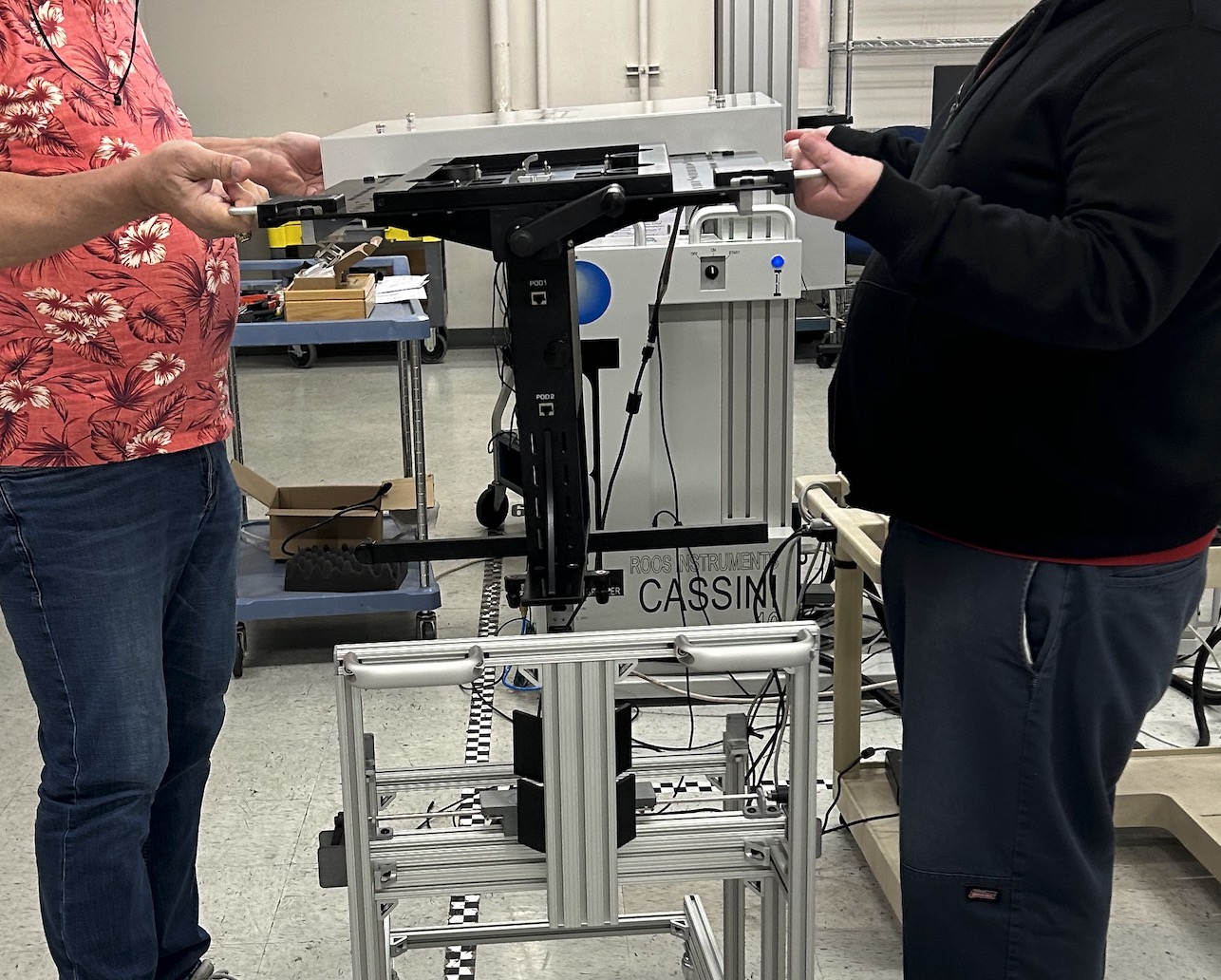
Figure 5: USB and AC Plugs
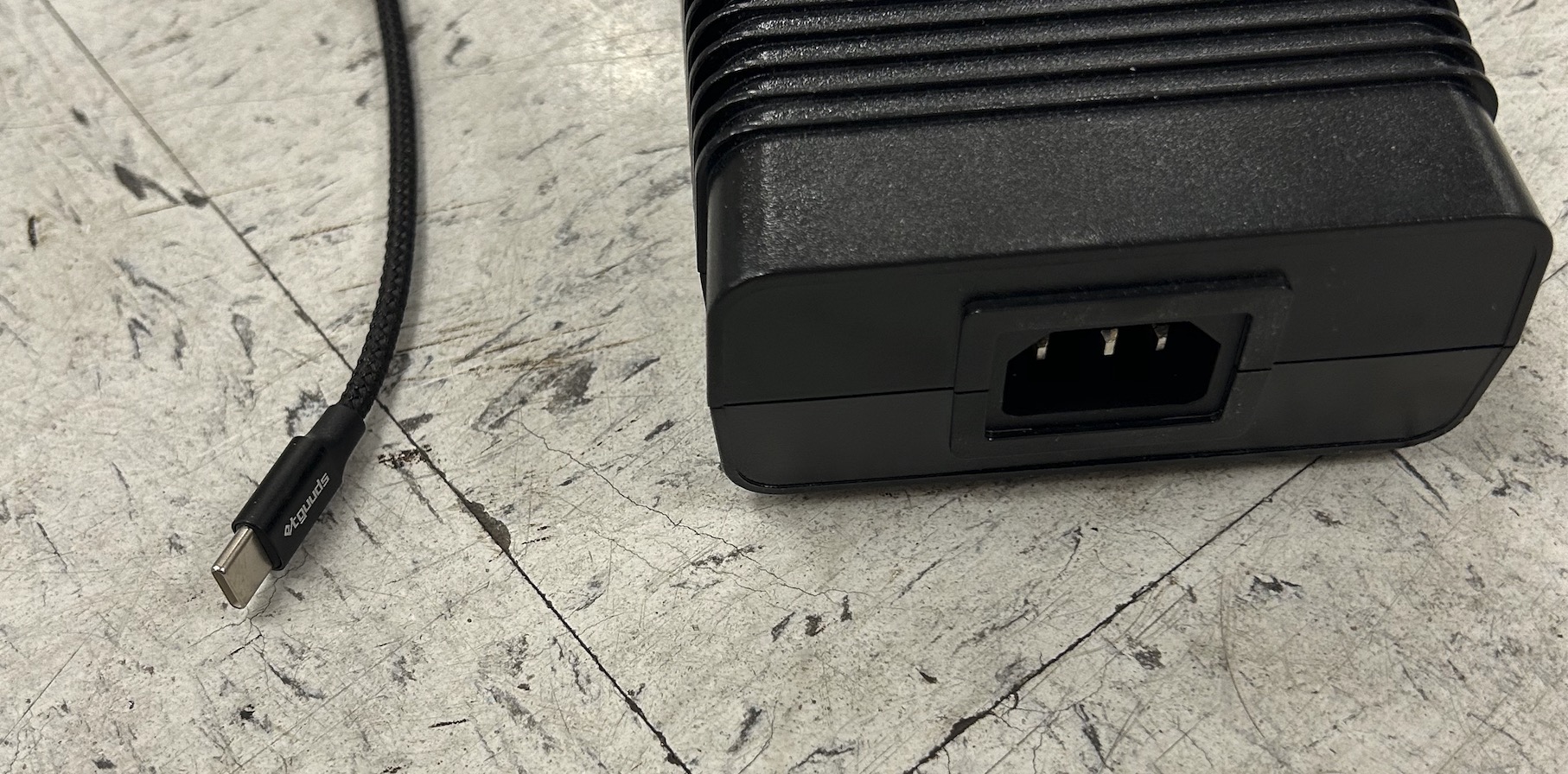
Figure 6: AC Plug on Advantest V93K with EMO
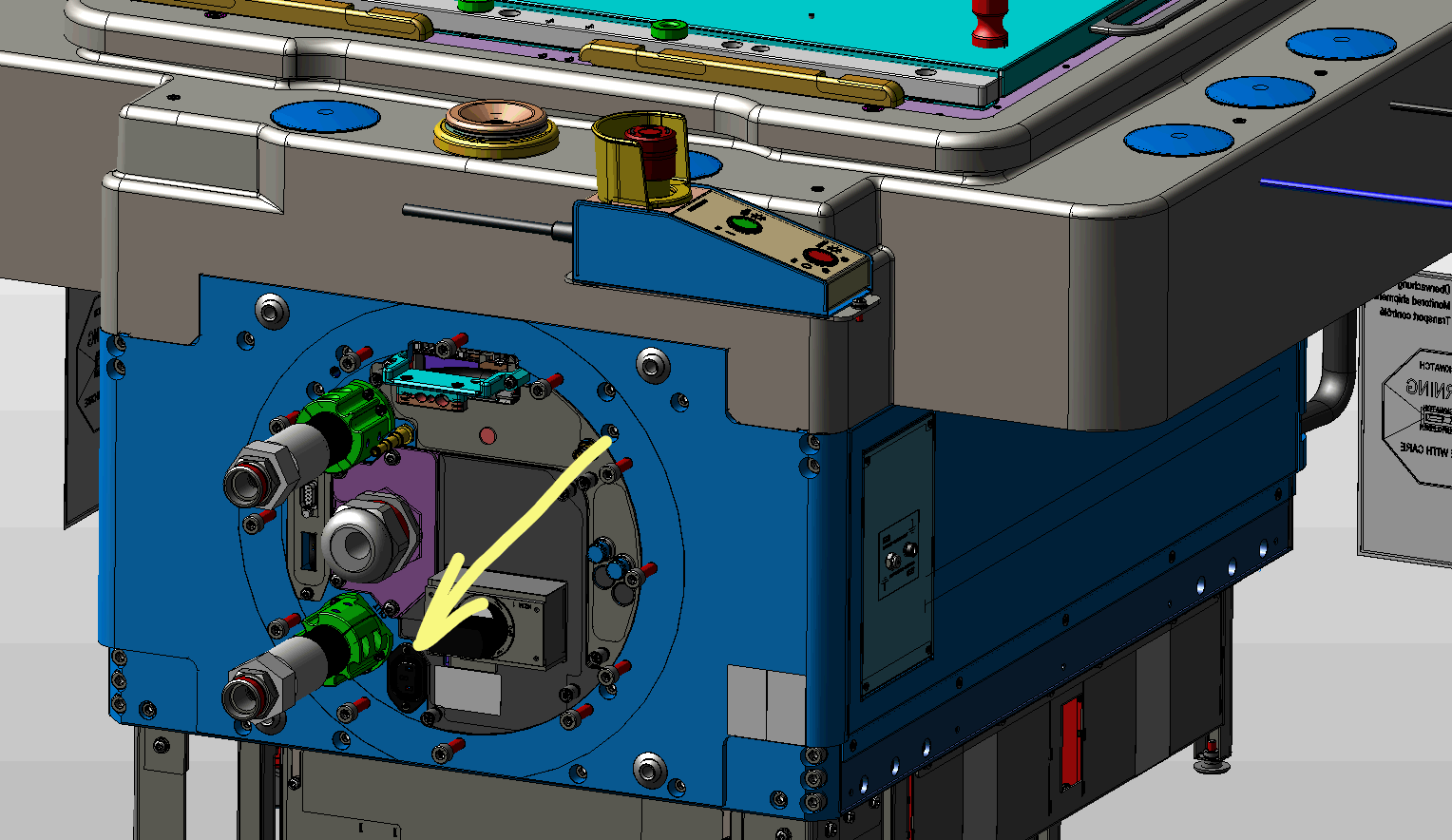
Figure 7: AC Power Spitter
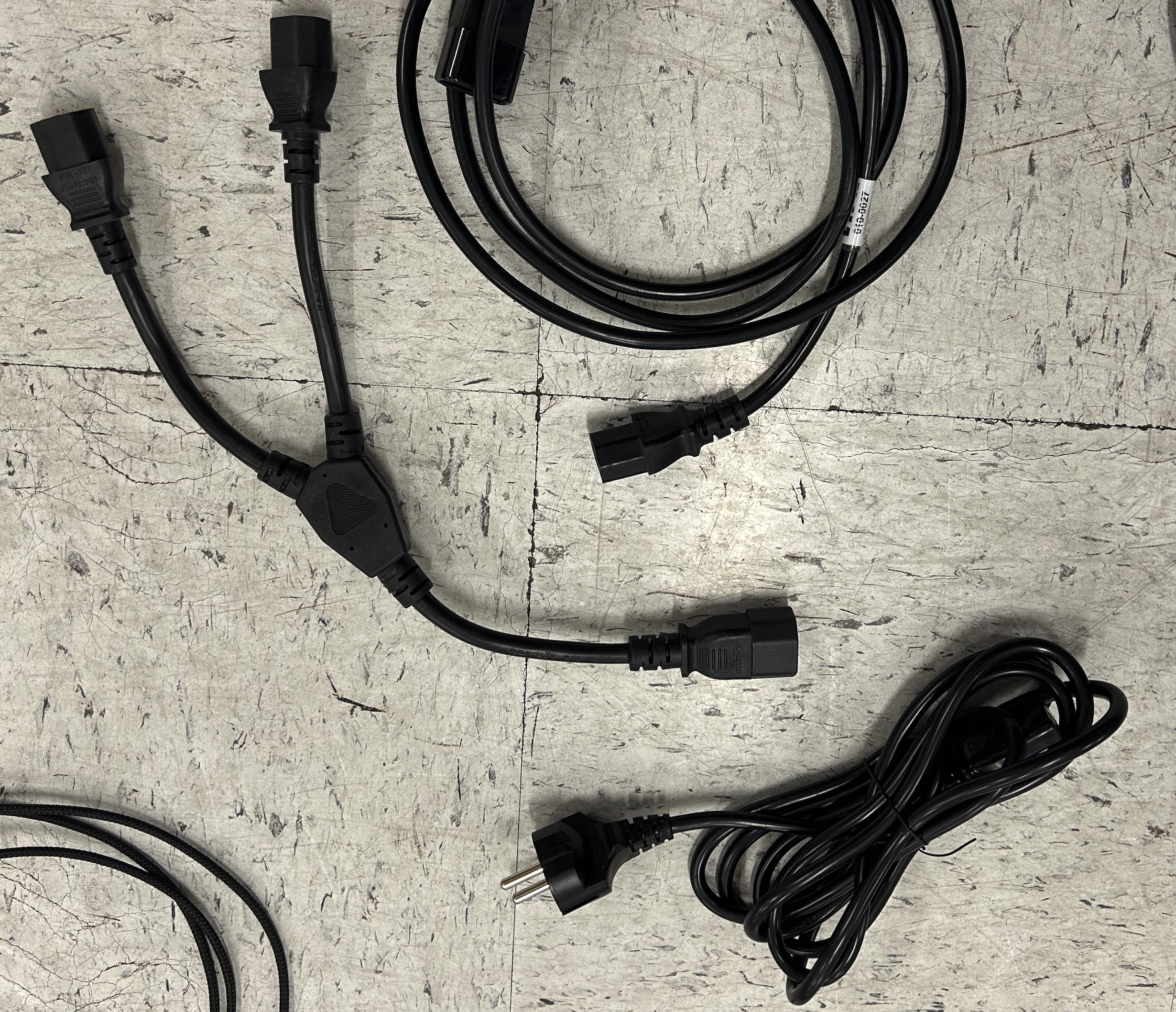
Figure 8: V93K DIB Interface Mechanical Clamp (Cover Removed)
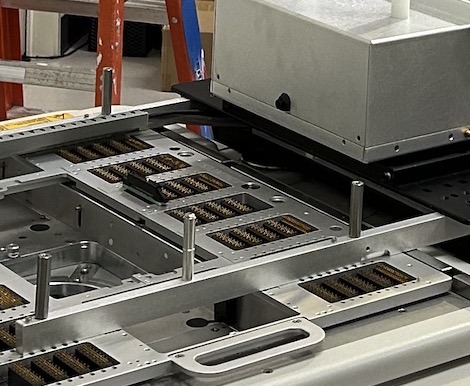
Figure 9: 48V DC 25A Power Plug with Grounding Cable (remains connected)
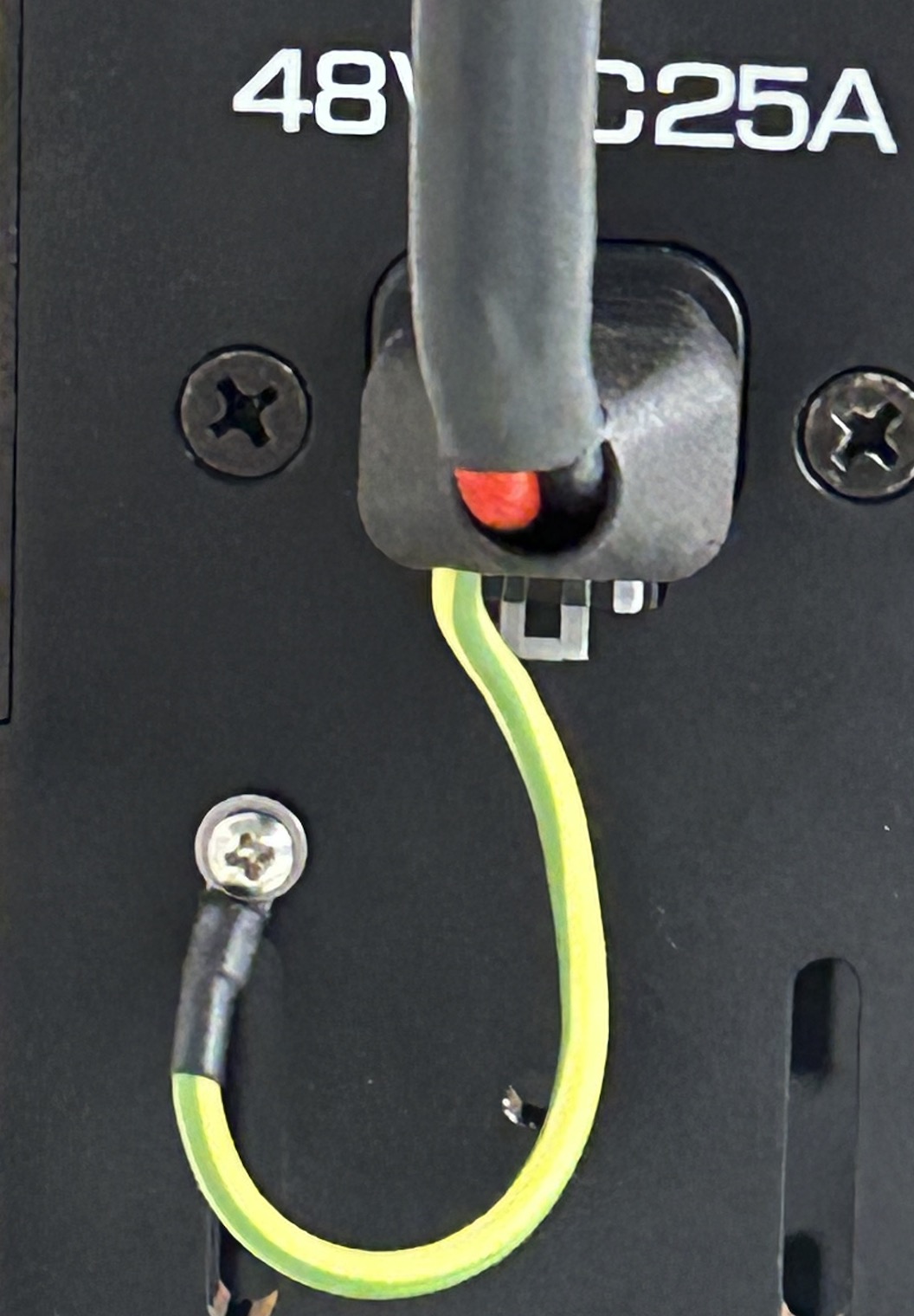
Figure 10: DC Connector to 360W AC-DC Adaptor (remains connected)
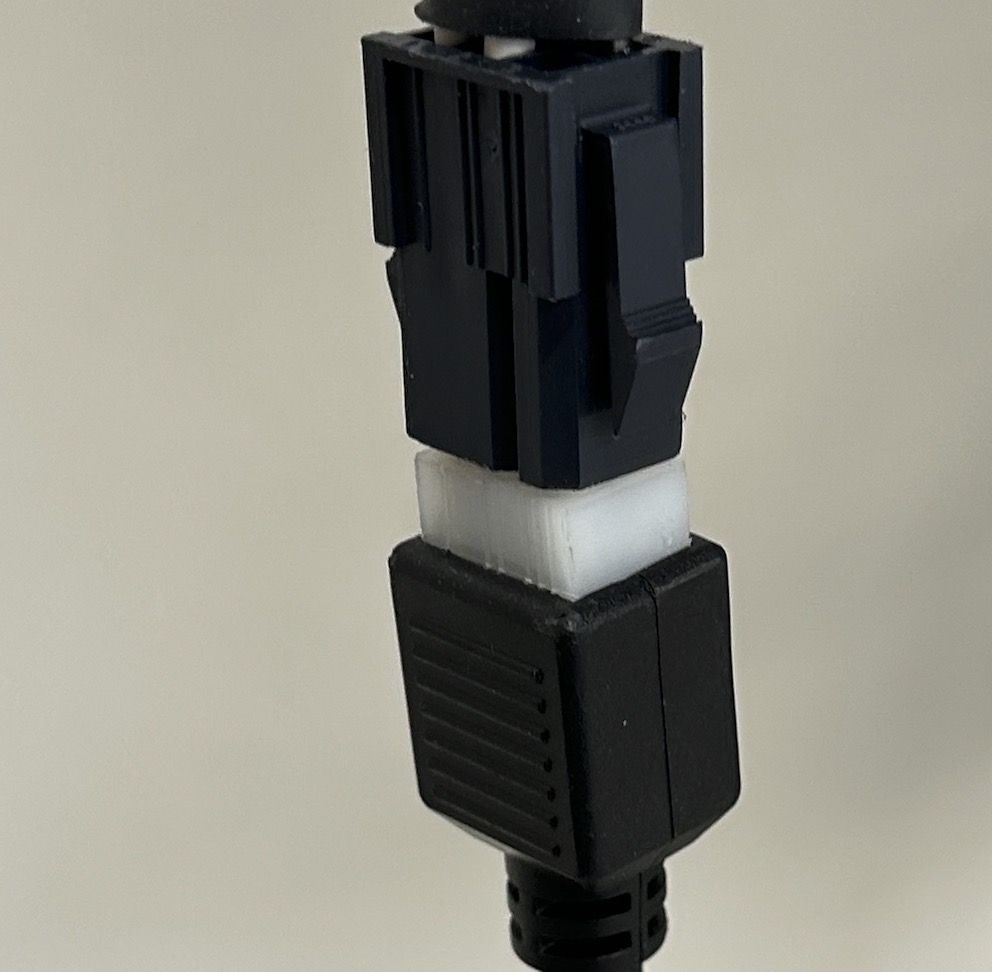
Figure 11: Six-Pin Molex Connector Diagram and Pinout

Figure 12: Mechanical Specification of 48V Power Supply

Footnotes:
1 - U.S. Department of Labor, Occupational Safety & Health Administration, http://www.osha.gov/
2 - CE Declaration of Conformity for Cassini 16 Document No. 2025. CE Mark Conformity - Cassini 16 https://roos.com/docs/RBEH-8HWR6M
3 - Encyclopedia of occupational health, Jeanne Mager Stellman, pg. 52-5
4 - Handbook of OSHA constructions safety and health, Charles D. Reese, pg 218
5 - ✔ RoHS Product Categories & Exemptions https://www.rohsguide.com/rohs-categories.htm
- Answer_Test_and_Measurement_Coalition.pdf https://rohs.biois.eu/Answer_Test_and_Measurement_Coalition.pdf )

